Review of LOC’s mangrove rehabilitation project at Magangani
Sept 2019 – Sept 2020
Introduction
- Mangroves are essential part marine ecosystem harboring a high biodiversity
- Mangroves and the mangrove ecosystem provide useful resources to humans hence their over exploitation
- The mangroves in Magangani are subject to human pressures including unsustainable harvesting, bait digging effects and cattle grazing. This has resulted in the forest unable to achieve a high degree of natural regeneration, hence need for rehabilitation efforts
- To avoid inefficient use of scarce conservation funding and resources, we need to ensure we assess the viability of mangrove restoration through planting of seedlings as well as mitigate the key drivers that are destroying the mangrove habitats
Mangrove rehabilitation in Magangani, Mida Creek
Project setup
The aim was to compare survival success in directly planted mangrove seeds and seedlings from nursery, hardened and directly planted seedlings. The results of which will be used to guide next steps in achieving significantly improved rehabilitation success
The rehabilitation site comprised of 4 patches which was mixed stand and therefore suitable for any of the 3 species considered
- These were: Bruguiera gymnorrhiza, Ceriops tagal and Rhizophora mucronata
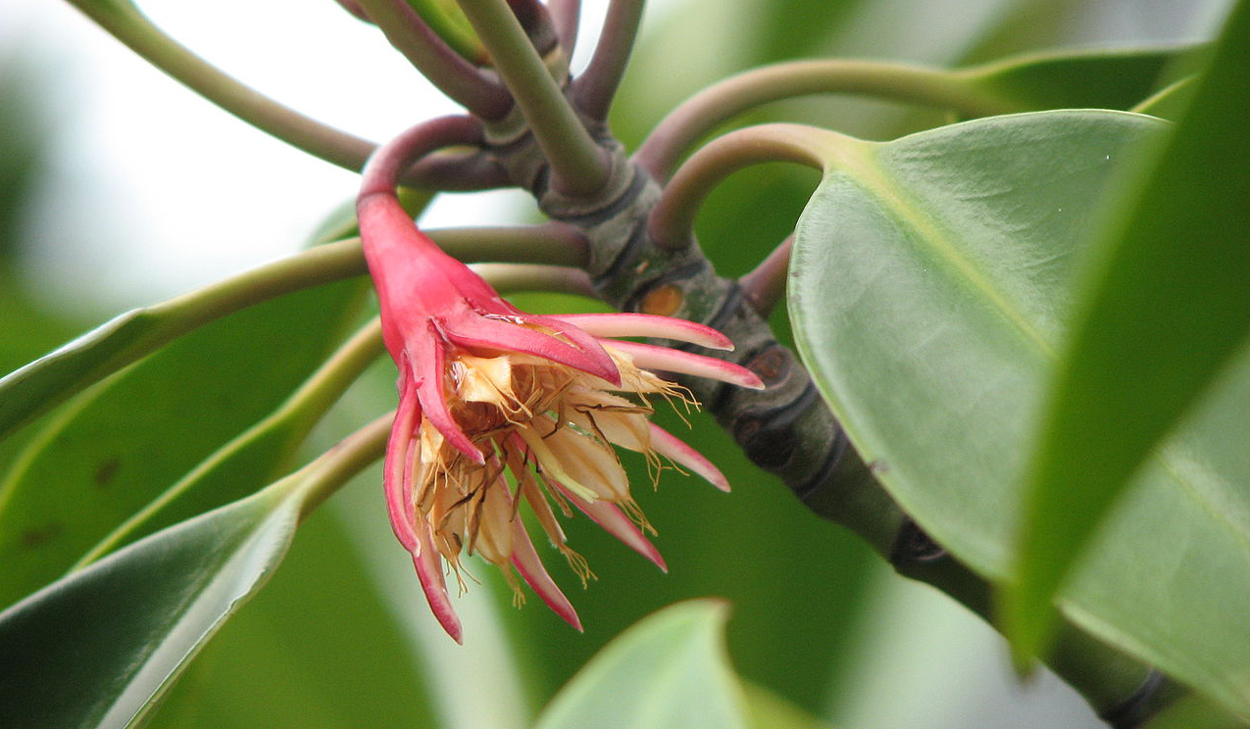
Bruguiera gymnorrhiza
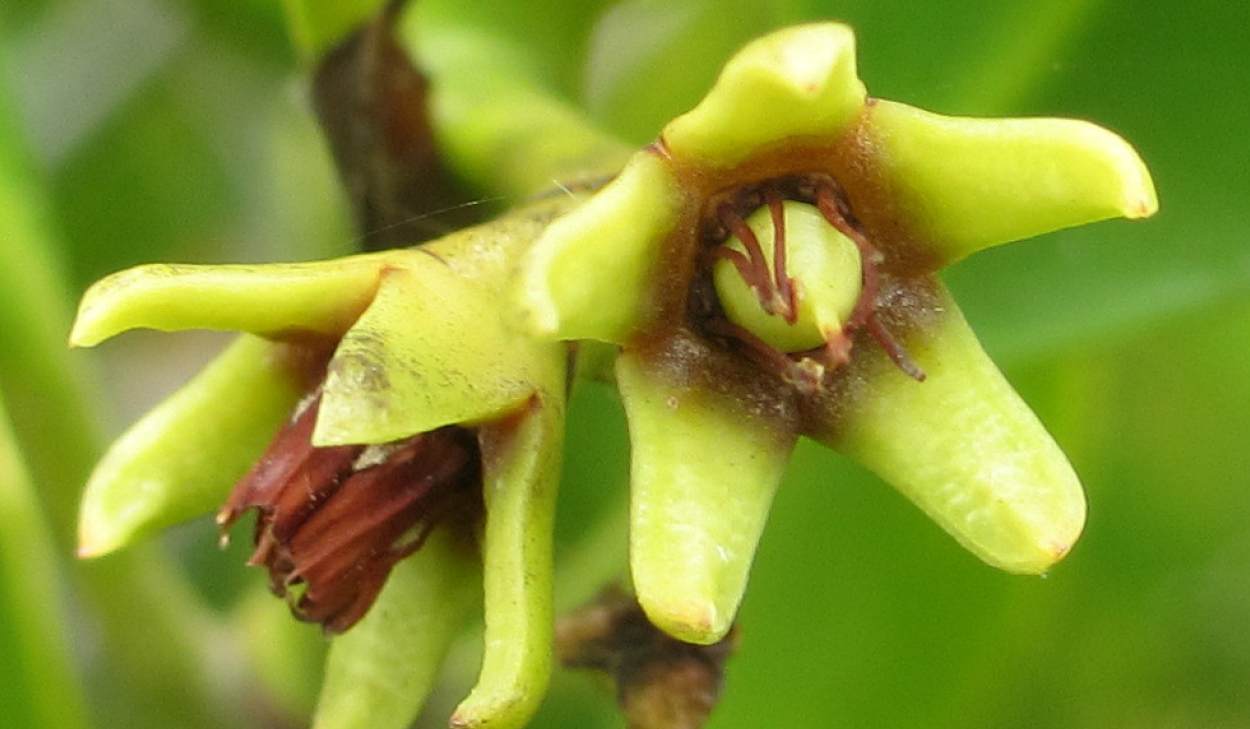
Ceriops tagal
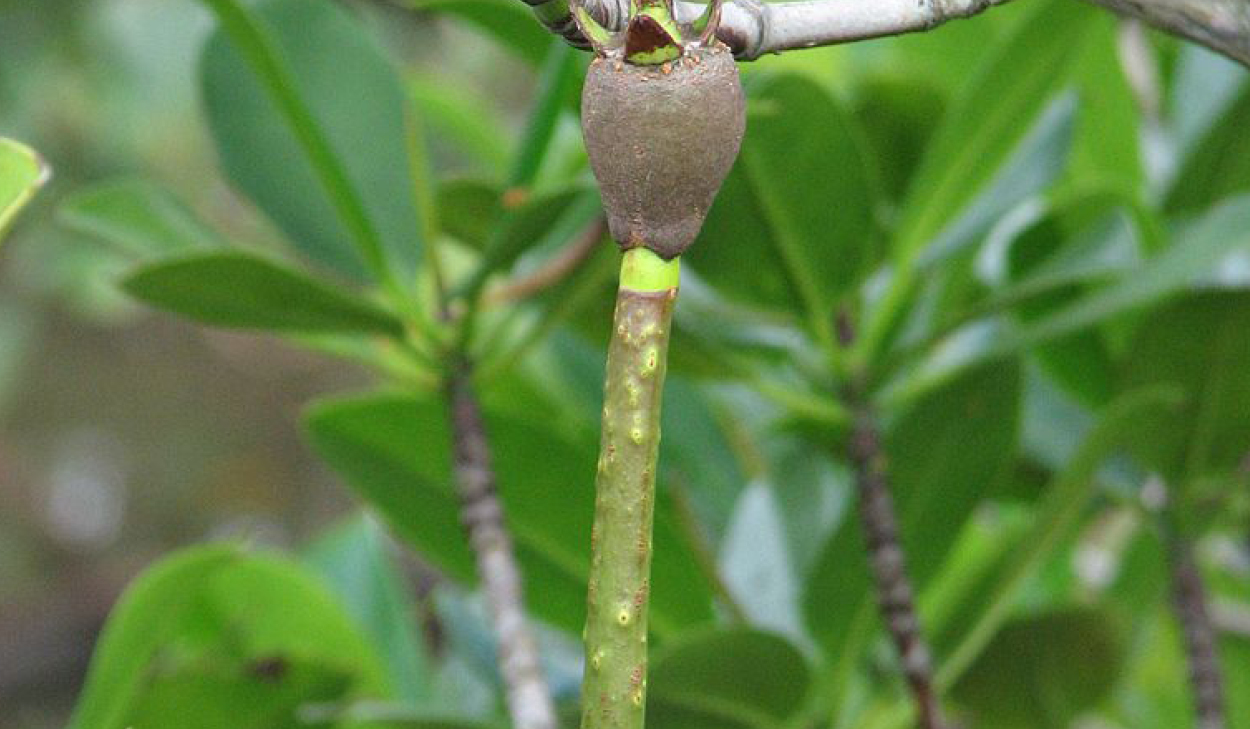
Rhizophora mucronata
*You can learn more about mangroves in Watamu and the Mida creek here
Rehabilitation sites
Site A:
This was severely affected by bait digging and mangrove loss as evident by many stumps of dead mangroves
- holes/puddles visible are from bait diggers
- Chosen due to severe loss from logging
- Restocking will prevent further logging
Site B:
This was a sheltered patch with Avicennia marina on forefront and mixed species on the back most dead, due to high salinity.
Site B and C were patches with big trees of mixed species but very little or no natural regeneration
Site D
Debri and waste being washed up was detrimental to the seedlings success.
Results and Lessons Learnt
What does the data reveal?
The directly planted seeds recorded about 98% mortality – (Plot B)
- This was probably due to wrong site selection, the average salinity was 44ppt which might have made it difficult for viability of Ceriops tagal and Rhizophora mucronata planted there.
The hardened seedlings from nursery had a success of 45-55%, (Bruguiera gymnorrhiza– 46.31%, Ceriops tagal – 52.67%)- (Plot C & D)
- This directly linked to the location whereby at NEM season the survival was high but at onset of the SEM season many succumbed due to weak stems that couldn’t handle algal and trash load brought by spring high tides
The directly planted seedlings from nursery had a success of 38% – (Plot A)
- This was due to location challenges arising from unstable bottom from bait digging, which lead to heavy barnacles infestation as well as algal load by waves .
Challenges
- Disparity in study samples, it was done across 3 species
- Bait digging in plot A was highly detrimental to the survival of the seedlings, some were uprooted as a result, barnacles killed others as well as high sedimentation levels were observed
- In plot B salinity was higher than other plots, salinity of 44ppt
- In plot C and D the survival was higher in NEM season but at onset of SEM season high tide levels brought many sea weeds that smothered the seedlings leading to increased mortality
Conclusion
- Plot A is hard to restore due to bait digging and absence of other big trees to stabilize the area and salinity
- Plot B has hope for restoration and rehabilitation but with Avicenna marina species which is a pioneer species and can withstand higher salinity
- Plot C and D would be better restocked with Rhizophora mucronata species which has strong stems to withstand seaweeds load
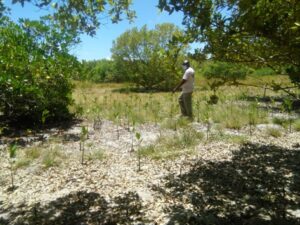
Near plot C and D successful rehabilitation can be viable on shielded area.
Continuous community sensitization on importance of restocking the forest especially among the fishermen, cattle herders and fishmongers who spent most time around the area.
Cows and goats seem to only like Avicennia marina, unfortunately that is a pioneering species of mangrove. Another issue is the livestock owners are not taking responsibility for where their livestock graze and the herders they hire are just temporary, meaning LOC needs to educate a new herder on rules and laws of cattle grazing in and around the creek as well as importance of magrove conservation a regular basis.
Plot A, need to find a workable solution with the bait diggers. In the past, there was an effort on using Welks, however, over exploitation has meant that it is no longer a viable option. An alternative worth exploring are Red Worms.
Mangrove restoration and rehabilitation can and should continue, but in new sites (South of Magangani) and must be implemented with proper monitoring and evaluation efforts as well as a clear programme that engages the local community and mitigates the challenges listed above.
Finally, there should be signage/information boards erected where mangrove restoration is happening along with key lessons and guidance, to avoid duplication of efforts by others and help increase the likelihood of success for all mangrove restoration and rehabilitation efforts in the area.
This research and analysis was lead by LOC team member Charles Lucas with support of the LOC mangrove team and Magangani community members.

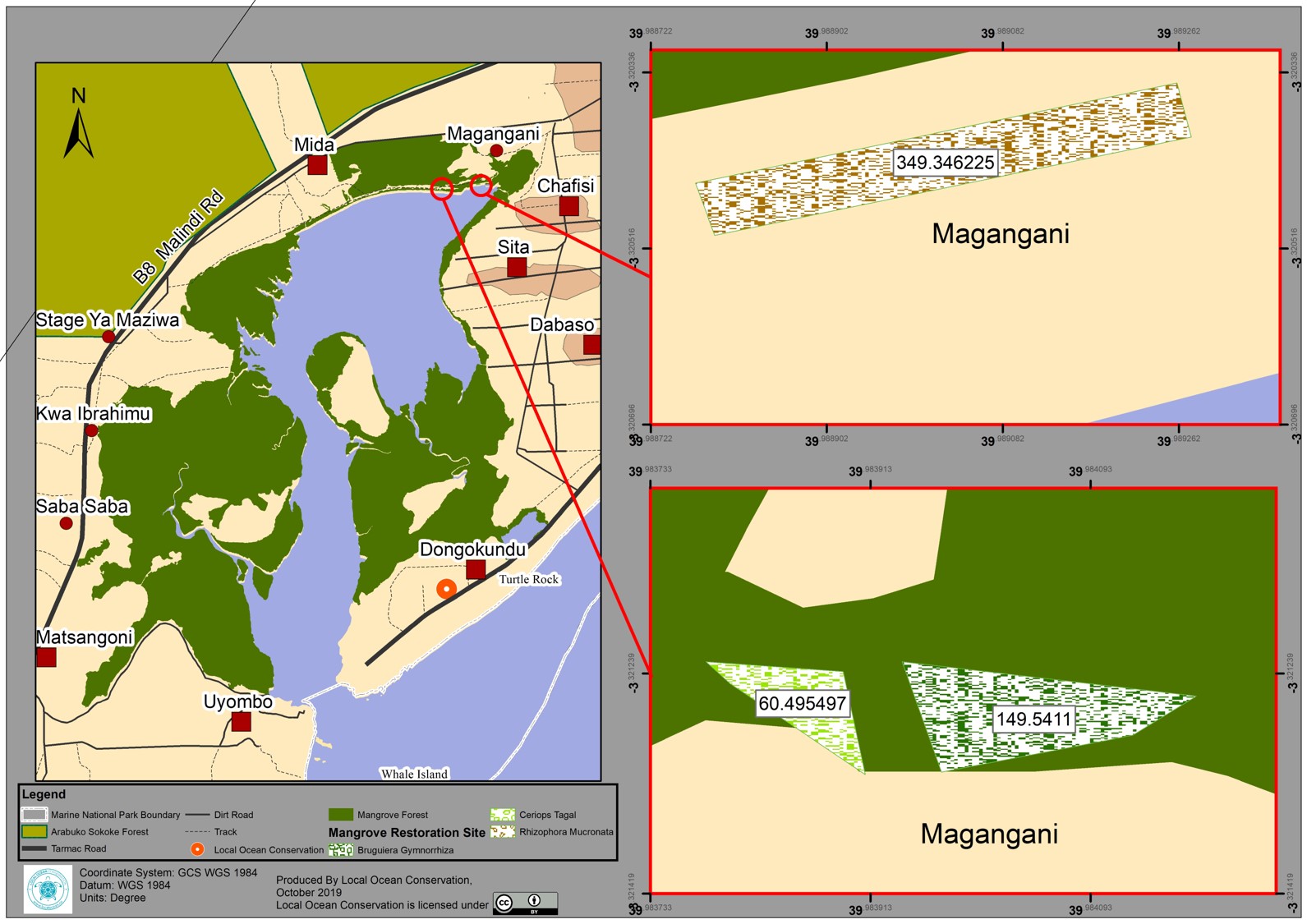

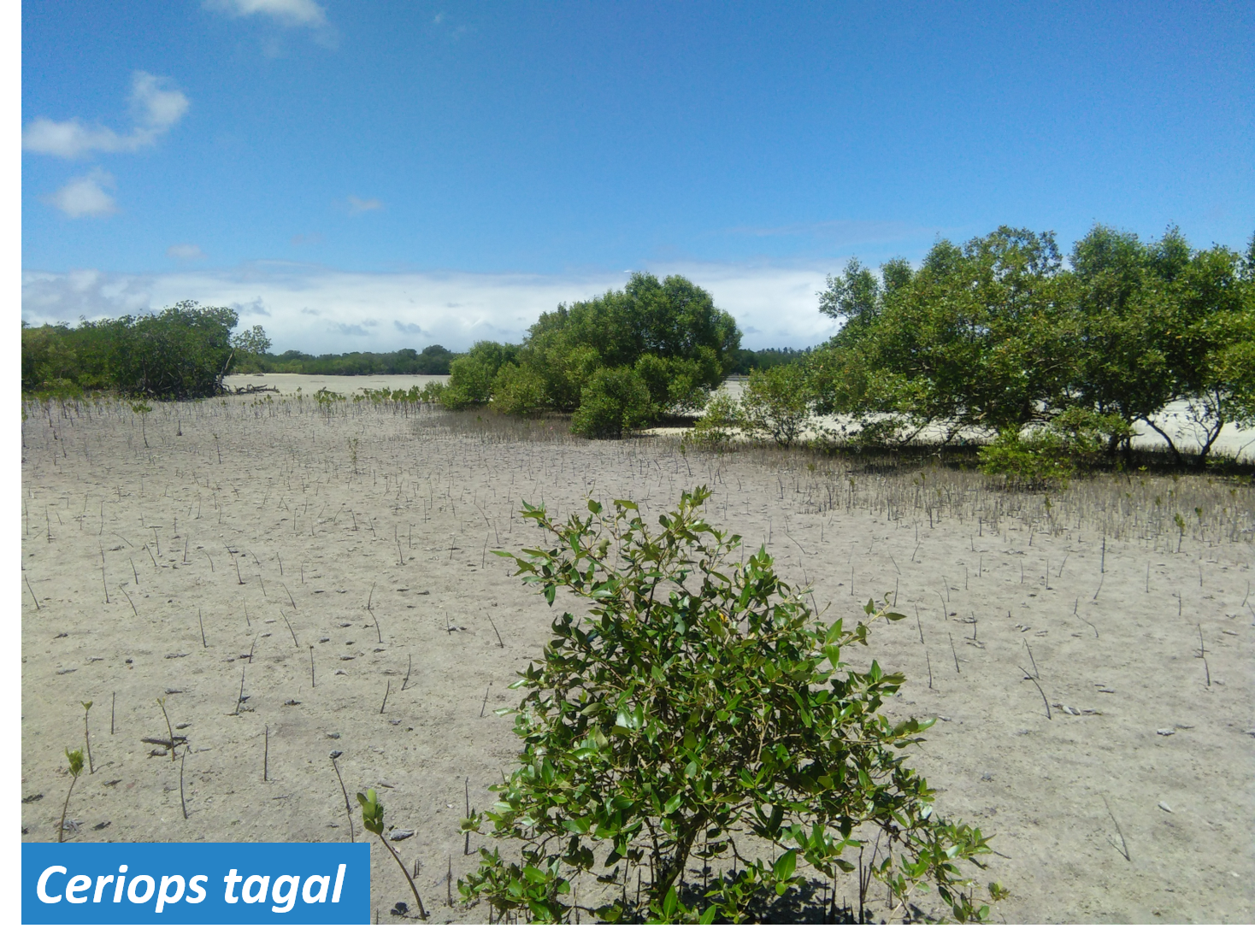
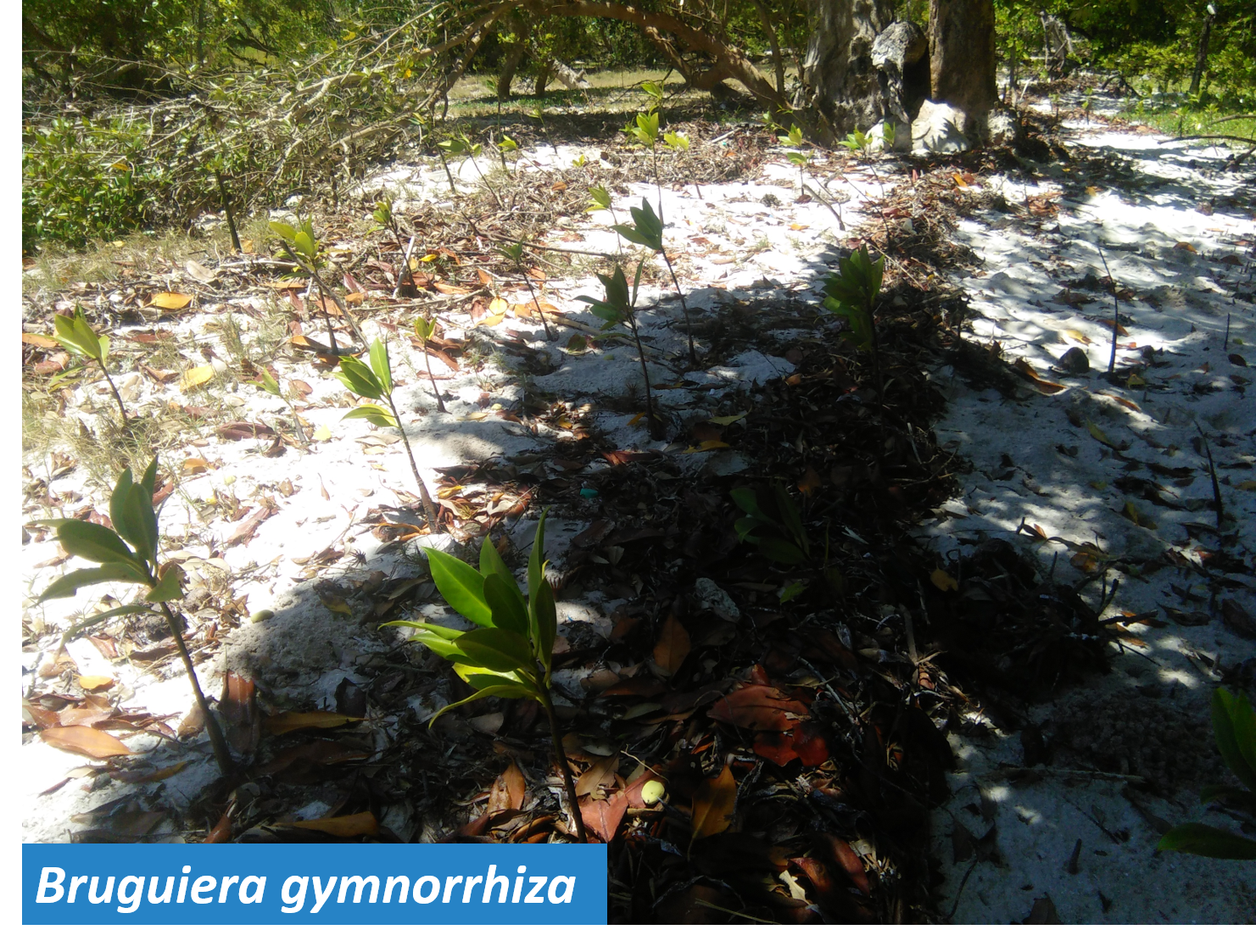
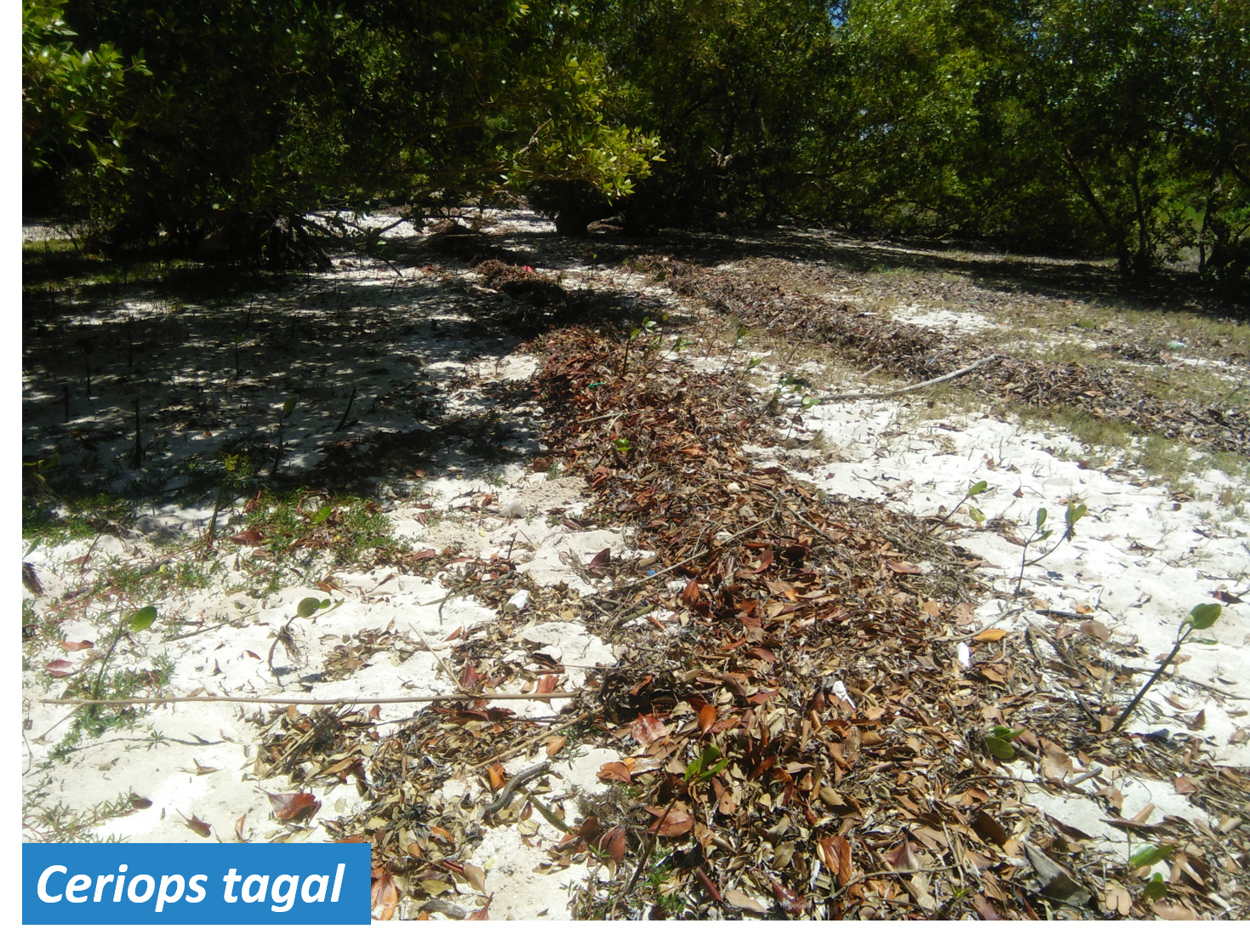

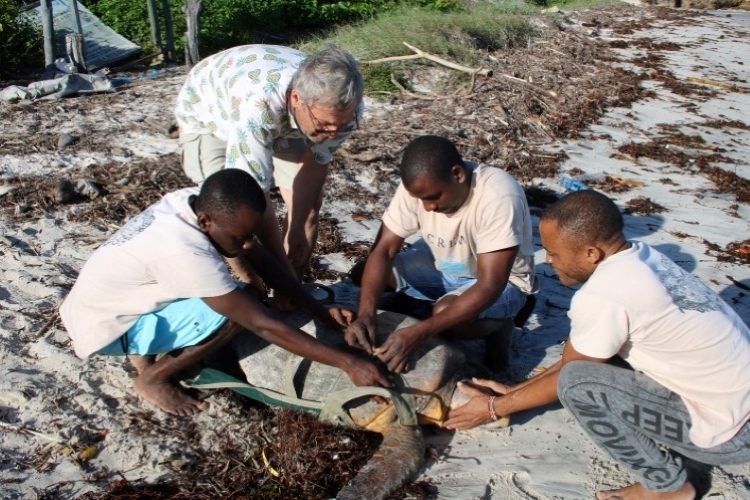

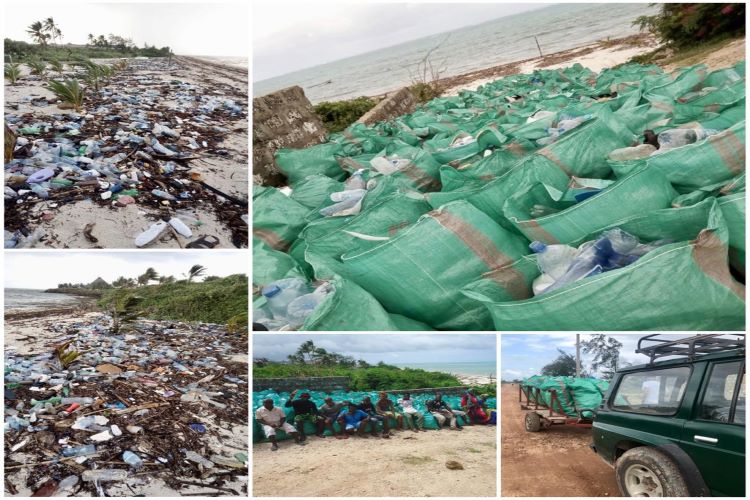

Leave A Comment